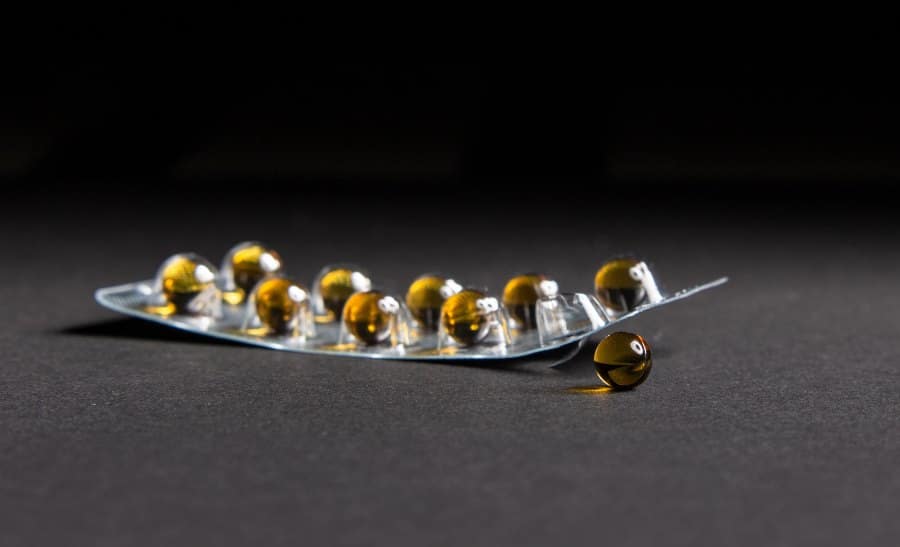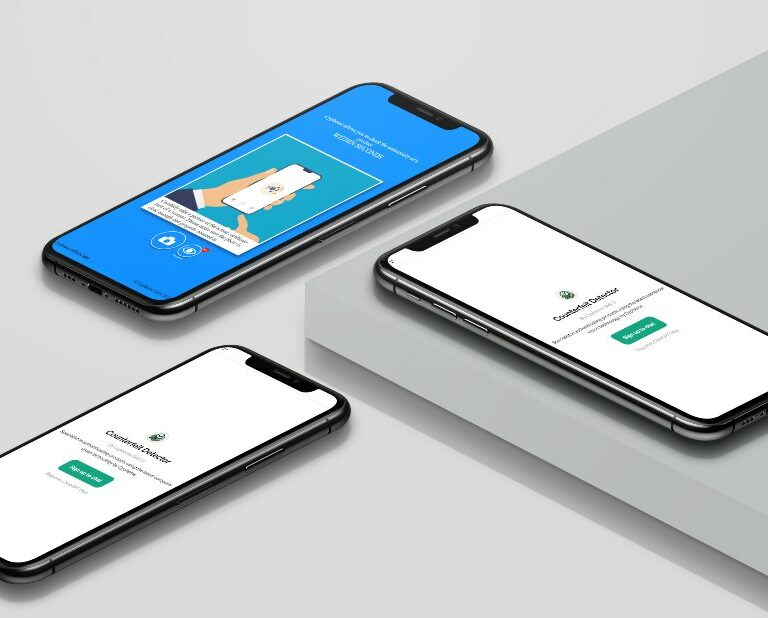Using AI to battle the global issue of counterfeit drugs


James Thorpe
Share this content
By utilising the company’s AI-based detector solution, your smartphone camera is enough to spot a counterfeit drug, reports Cypheme.
The global counterfeit drug market has an estimated worth between US $200b and US $432b according to analysts (Journal of Global Health).
Other statistics, according to the Pharmaceutical Security Institute, show a steady increase in the counterfeit drug market since 2011.
It’s also expected that counterfeit drugs will become even more available and “popular” by 2029 (Data Bridge Market Research).
According to the European Commission, counterfeiting is a crime involving the manufacturing or distribution of goods under someone else’s name and without their permission.
According to the International Chamber of Commerce, the total value of counterfeit and pirated goods globally is around €1.77t. Each year EU companies lose €83b in sales due to counterfeited products.
COVID-19 led to an explosion in counterfeit drugs in circulation because the demand for hygiene products and personal protection was growing exponentially, according to Interpol.
This only served as a great opportunity for criminals to start producing counterfeit items like surgical masks and opening up their operations.
The problem got even bigger when substandard COVID medicines made an entrance into the market as the “cure” of the virus. COVID-19 counterfeit equipment is, however, part of a much bigger problem.
Counterfeit medicines represent up to 30% of drugs sold worldwide and are the cause of death for one million people each year, according to Interpol.
Another 2011 survey by the World Health Organization (WHO) showed that 64% of antimalarial drugs were counterfeit, with over 70% of drugs consumed in Nigeria being counterfeit.
With the rise of online pharmacies, the problem has spread globally.
In May 2021, an operation run by Interpol shut down 113,020 web links including websites and online marketplaces that were connected to counterfeit products and substandard medicines.
This also resulted in the seizure of over three million fake medicines in the UK as well as the recovery of more than 500,000 fake surgical masks in Italy.
Around 200,000 people die each year from counterfeit anti-allergy drugs alone.
But, it’s not just anti-allergy drugs; the most common fake drugs are antibiotics, medicine for HIV/AIDS, drugs that treat erectile dysfunction, weight-loss supplements, cancer medication, antidepressants and anti-malaria medication.
Even though there are some solutions to the problem, like serialisation and anti-copy packaging features, this is not enough.
Dealing with counterfeit drugs so far
WHO reports provide some decent solutions and suggestions for the counterfeit medicines issue, so before we take a close look at anti-counterfeit drug technologies, let’s examine what could be done to prevent this criminal activity in the first place.
National drug regulatory authority – WHO suggests that a national drug regulatory authority should be established. For this authority to be effective, it should consist of independent powers and be free of any kind of corruption.
Public education on the topic – in most cases, people who consume counterfeited drugs are not aware of the situation. Pharmaceutical companies should become more open on the subject and provide the public with information like databases of known counterfeit networks. It would also be wise for pharmaceutical companies to establish lines of communication with agencies like Interpol and national security forces.
Minimising corruption – in top positions, corruption and personal interests are a common thing. By strengthening political will and philanthropic values, counterfeit networks will find it hard to operate and harm people.
Anti-counterfeit technologies
These solutions can’t change things overnight.
That’s why pharmaceutical companies have sought the services of anti-counterfeit solutions, which, although not perfect, can help in combating the problem.
These technologies can be separated into general categories.
Overt and covert features are a general category that includes practices such as holograms, OVDs, on-product marking, invisible printing, digital watermarks, anti-copy design and laser coding.
Another category would be chemical, biological or DNA taggants which means chemical or biological traces that are invisible to the naked eye and need specialised technology to identify them.
Serialisation is by far the traditional solution that’s considered the most reliable, even though it’s not a technology per-say.
You keep your eyes on the product as soon as it’s produced and keep your metaphorical, digital, eyes on it all the way to the patient’s hands, through the entire distribution chain.

A digital pedigree (what is effectively a unique ID number for each package) makes this tracking possible.
That’s how North America, Western Europe and other countries throughout the globe manage to keep their supplies of pharmaceutical drugs mostly secure.
Unfortunately, it also does have its flaws: Take your eyes off the ball for an instant and you can lose it. It is therefore dependent on keeping a well-integrated and trusted distribution chain.
Plus, serial numbers can be faked or even exploited by counterfeiters who have figured out the algorithm.
All of this makes it difficult to deploy in regions of the world where governments and regulatory bodies are not well established, which is often the case in developing countries.
And even in developed countries, every grey area can be an opening for counterfeit products to sneak in. For example, internet purchases or the unauthorised purchase of prescription medication.
Blockchain can improve serialisation and eliminate some threats, but overall, it also relies on a solid infrastructure of security, all the way from the factory to the patient.
Identifying counterfeit drugs with AI
Here is where Cypheme comes in: Its AI has the ability to scan hundreds of products and catalogues in a matter of seconds.
In doing so, it can automatically detect if a drug is counterfeit or not as well as record the actions of those who try to imitate tags and counterfeit drugs.
It basically performs, within seconds, work that previously required trained experts.
For the patient, the process is easy: Take your smartphone, scan the product and immediately know if it’s fake or not. By analysing micro-details, Cypheme’s AI can figure out if the product is original or a copy. How? AI has been trained on thousands of photos of both real and counterfeit drugs.
There are always microscopic differences between the two. Therefore, Cypheme’s AI acts as a detector and warns the consumer when signs of copy are found. This process is known as Deep Tracing.
At the same time, Cypheme collects data that is later analysed by humans and AI in order to identify a seller, a designer or a factory producing the fake product.
Cypheme provides this kind of information to the original brands so that they can start fighting the counterfeiting of their products.
Let’s take a look at a valuable case where Cypheme’s help was requested: After Cypheme’s solution was deployed by a company selling a vital anti-cancer medicine, data showed a staggering 44% of fakes in circulation.
Within a few months, this percentage dropped to 11% and the company’s sales doubled.
Overall, Cypheme has collected data about 18 fake seller networks, has helped the police raid four factories and captured 17,000 boxes of fake cancer drugs produced every year.
This whole thing becomes much simpler when pharmaceutical companies use Cypheme’s signature. Cypheme’s AI signature is added to the product packaging and the product.
Every signature has a chemically unique code that can be recognised by the Cypheme webapp across the world and Cypheme WeChat program in China.
So, when a customer purchases and scans the signature, they can know whether the product is genuine or fake. The issue of counterfeit drugs is expected to escalate significantly in the coming years.
It is imperative for pharmaceutical companies to proactively address this challenge by integrating advanced and efficient technologies into their operations.
The proliferation of counterfeit drugs in the pharmaceutical industry poses a serious threat, directly impacting millions of people worldwide and leading to numerous preventable deaths.
This crisis calls for a collective effort: It is not only the responsibility of companies, but also our societal obligation to actively promote innovative solutions and heighten public awareness about the dangers of counterfeit medications.


